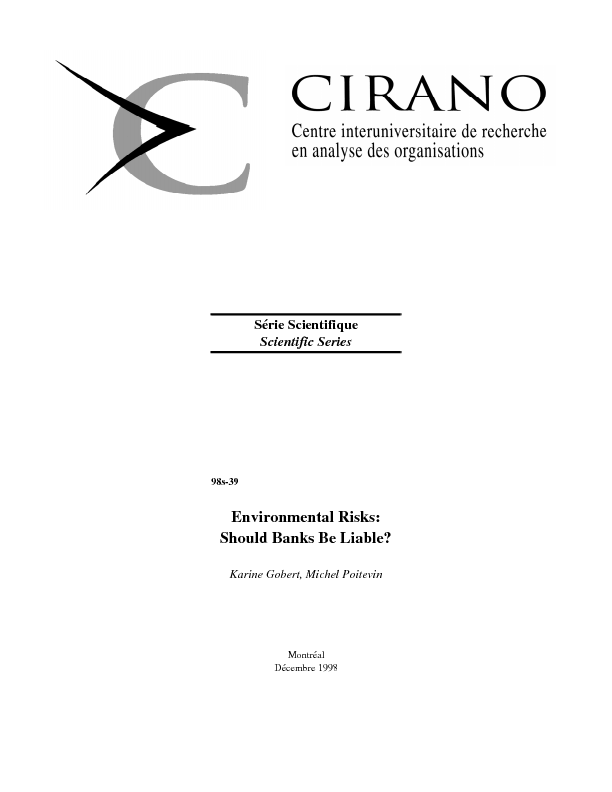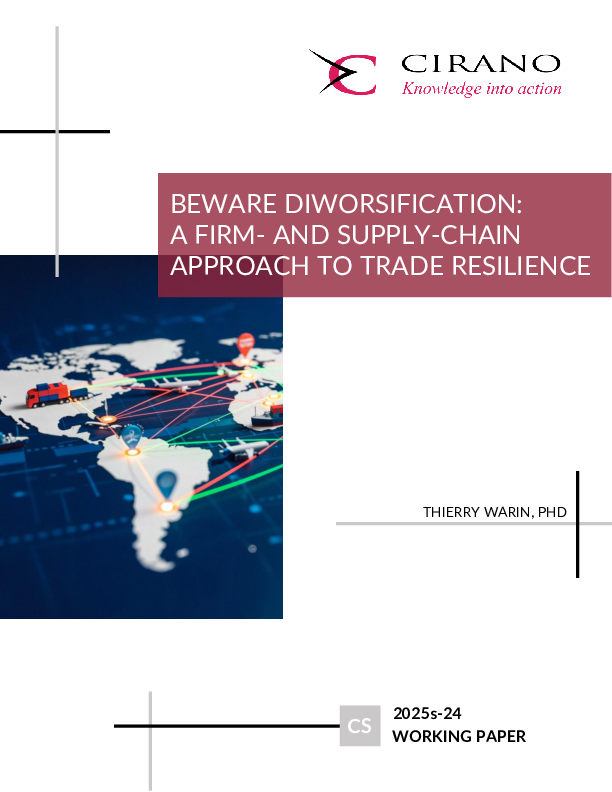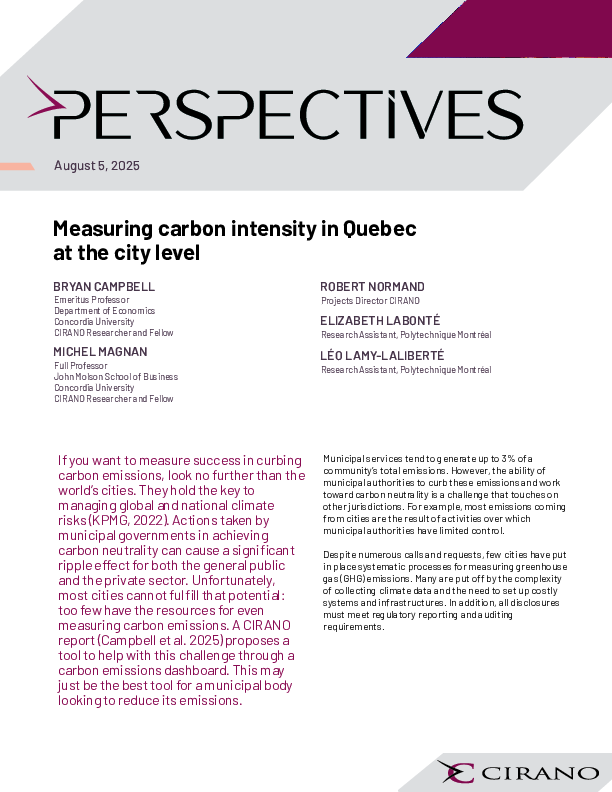Environmental Risks: Should Banks Be Liable?
This paper studies the impact of banks' liability for environmental damages caused by their borrowers. Laws or court decisions that declare banks liable for environmental damages have two objectives: (1) finding someone to pay for the damages and (2) exerting a pressure on a firm's stakeholders to incite it to invest in environmental risk prevention. We study the effect that such legal decisions can have on financing relationships and especially on the incentives to reduce environmental risk in an environment where banks cannot commit to refinance the firm in all circumstances. Following an environmental accident, liable banks more readily agree to refinance the firm. We then show that bank liability effectively makes refinancing more attractive to banks, therefore improving the firm's risk-sharing possibilities. Consequently, the firm's incentives to invest in environmental risk reduction are weakened compared to the (bank) no-liability case. We also show that when banks are liable, the firm invests at the full-commitment optimal level of risk reduction investment. If there are some externalities such that some damages cannot be accounted for, the socially efficient level of investment is greater than the privately optimal one. In that case, making banks non liable can be socially desirable.
[ - ]




